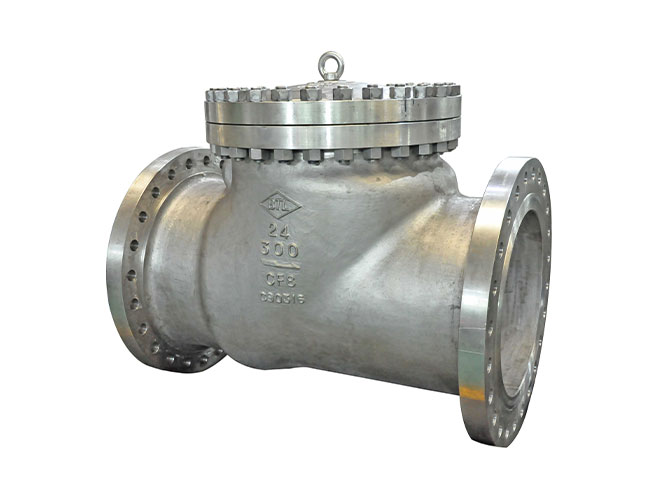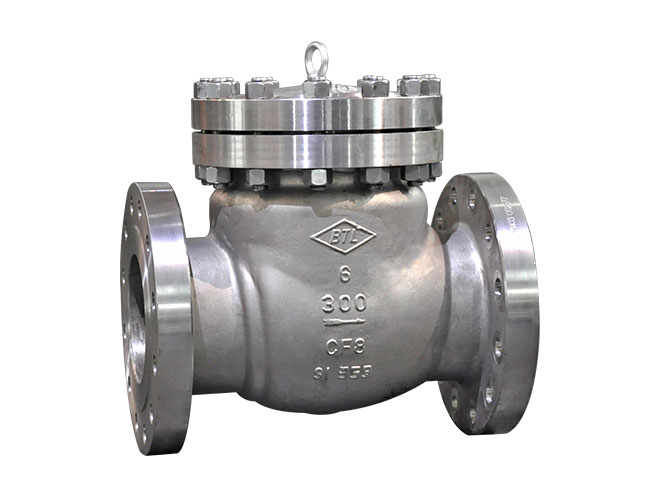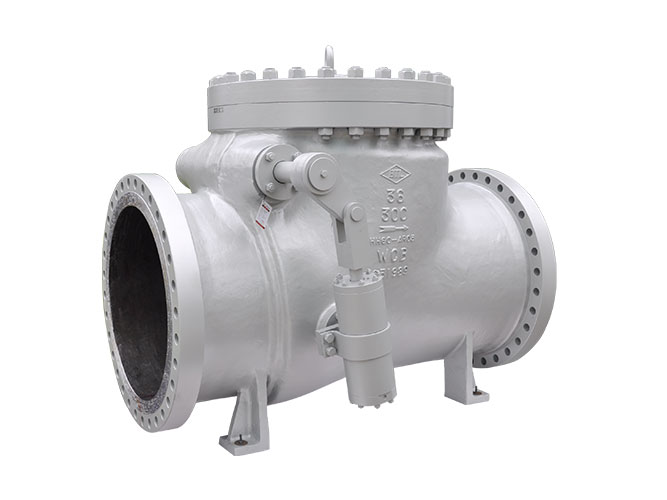
Product
Boteli has always been committed to relying on scientific and technological innovation, and constantly applying new technologies, new processes and new materials to develop high-quality new products.
- Home
- Product exhibition hall
- Product

-
swing check valve
A rotary check valve is a type of valve whose opening and closing components rely on the flow and force of the medium to automatically open or close, in order to prevent the backflow of the medium. Adopting an internal rocker arm rotary opening structure, all opening and closing components of the valve are installed inside the valve body, without penetrating the valve body. Except for the sealing gasket and sealing ring used in the middle flange, there are no external leakage points overall, eliminating the possibility of valve leakage. The swing arm and valve disc connection of the rotary check valve adopt a spherical connection structure, which allows the valve disc to have a certain degree of freedom within a 360 degree range and appropriate micro position compensation. The fully open design allows for the passage of cleaning balls and facilitates pipeline maintenance. We can provide two main series: soft seal and hard seal. Suitable for pipelines in various working conditions such as petroleum, chemical, pharmaceutical, fertilizer, and power industries. Applicable media include water, oil, steam, acidic media, and low-temperature media. For pipelines with high pressure, large diameter, and high medium head, a heavy hammer slow closing check valve can be selected. It is based on the rotary check valve, and adds a heavy hammer device and a hydraulic actuator with an oil cylinder. The heavy hammer slow closing check valve can effectively reduce the damage caused by water hammer pressure when the pump is stopped, provide effective protection, and achieve reliable shut-off of the pipeline. The slow closing check valve with a heavy hammer structure requires the use of a hydraulic actuator and a heavy hammer device, which is complex in structure, large in volume, inconvenient to install, heavy in weight, and high in cost. In some situations, it may be limited by the installation position when used.

